Café House in Brazil’s Minas Gerais slots into a sloping site
The Café House is a finely brewed mix of lightness and mass that blends a living space, sleeping area, and inner courtyard with the external landscape
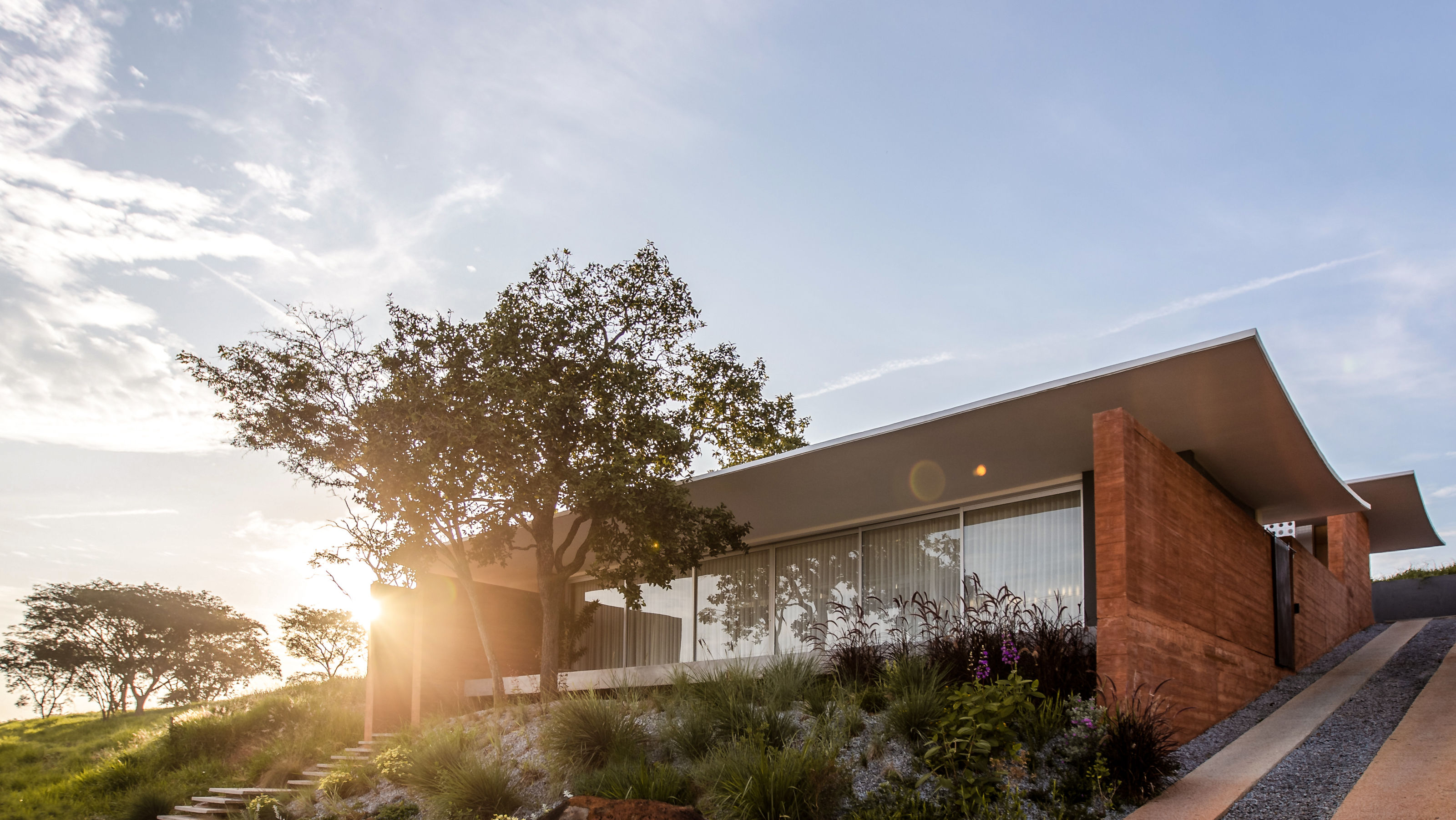
Located in the Brazilian state of Minas Gerais, Café House takes inspiration from the red earth and twisted trees of the surrounding landscape. Designed by Carlos Maia, Débora Mendes and Igor Macedo of Tetro Architects, this new private home makes an explicit connection between the social role of coffee and how the drink can be ‘an invitation to a long conversation.’
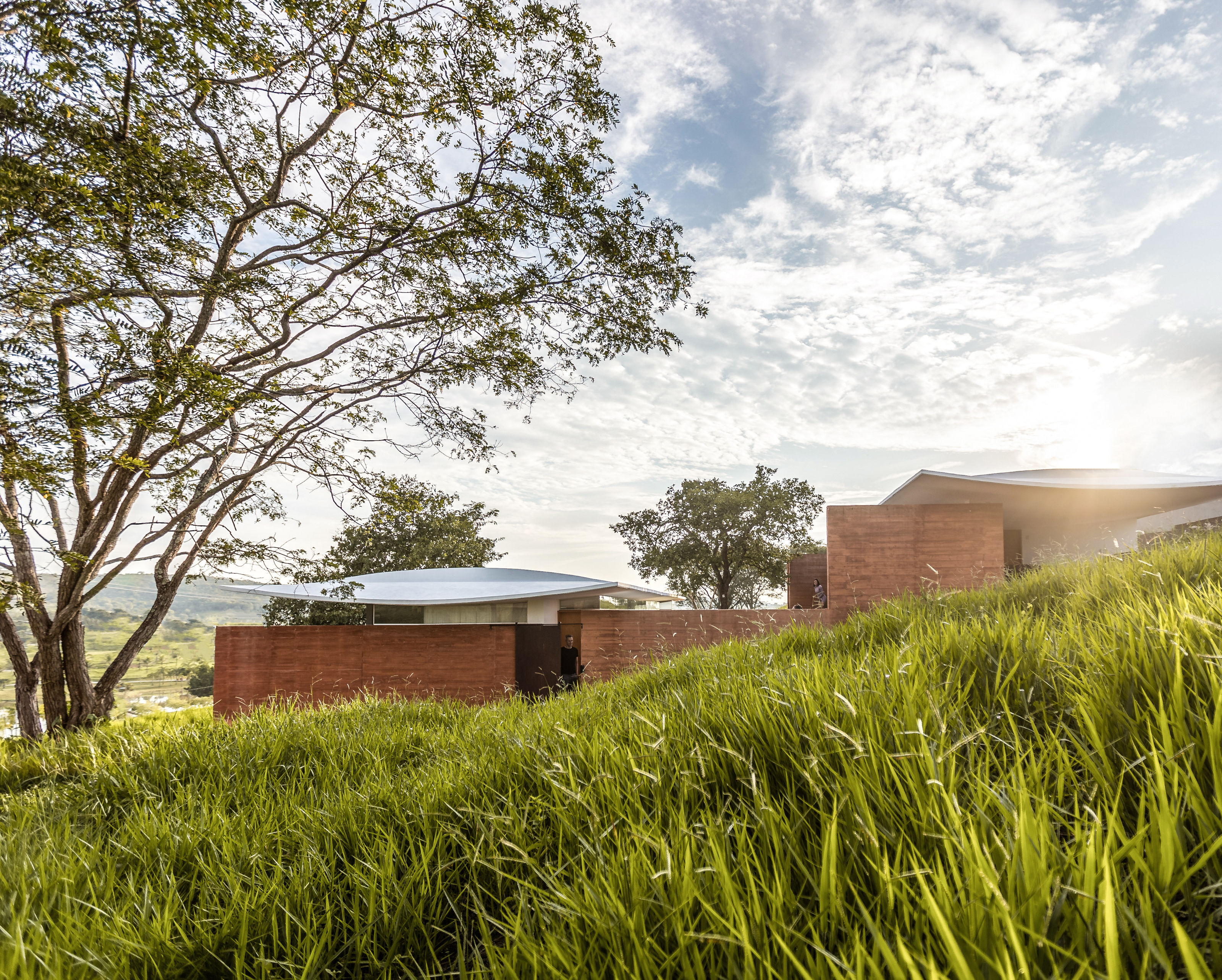
Café House: an interpretation of its context
The architects describe the single-storey house as an interpetation of its context. Set into a sloping site, the house comprises of two pavilion structures separated by an internal courtyard and surrounded by thick pigmented concrete walls. ‘We asked ourselves how we could make a project that represents in its concepts, subjectively, the characteristics of coffee,’ Tetro writes, pointing out that the quality of the drink is hugely dependent on the location and quality of the soil, as well as the impact of coffee’s scent.
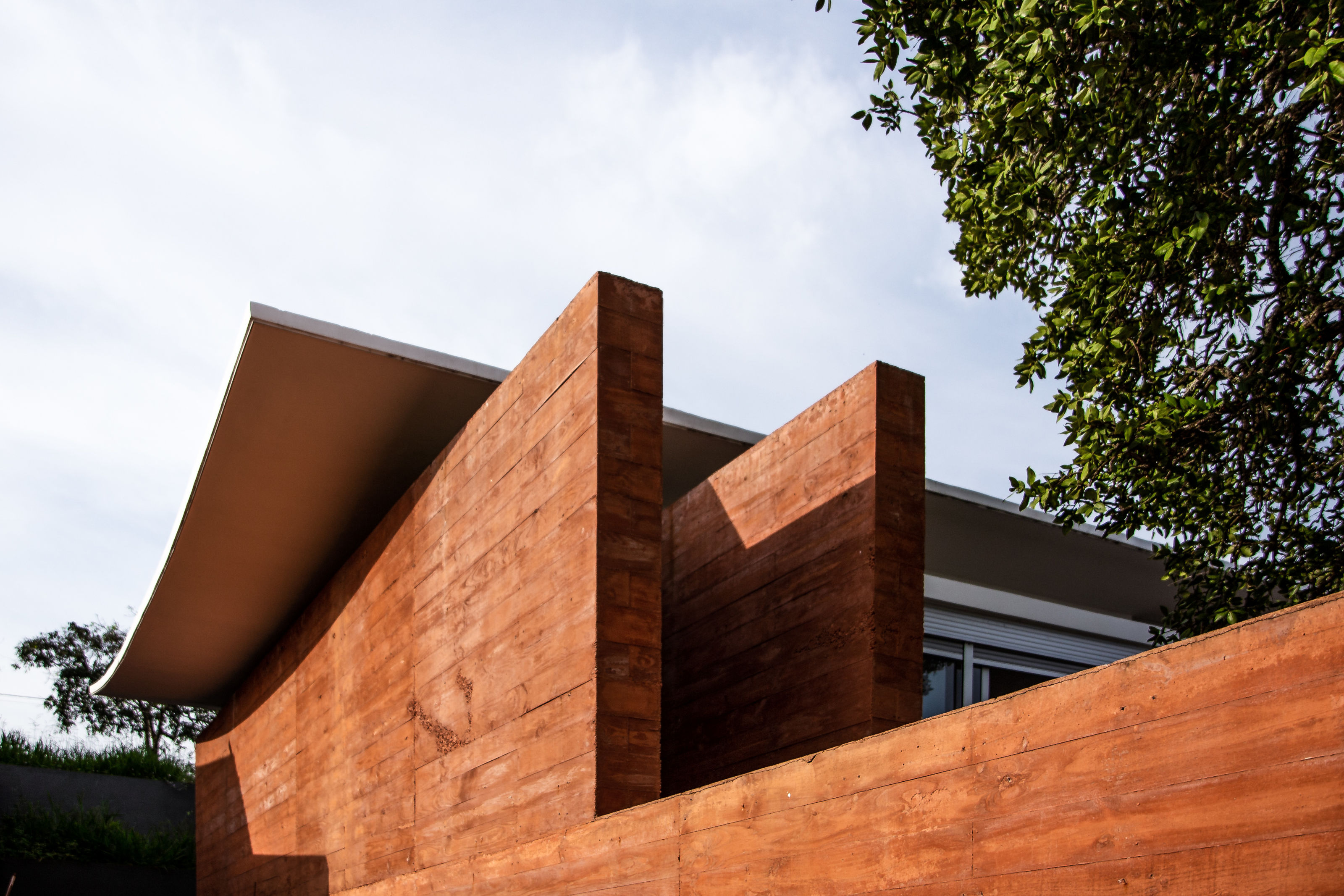
‘In this sense, earth and air were the great inspirations,’ say the architects, who have translated these elements into an exploration of weight and lightness. The contrast is evident in the thick, earth-coloured concrete walls that flank the structure, uniting the interior and exterior spaces and drawing a direct connection to the land.
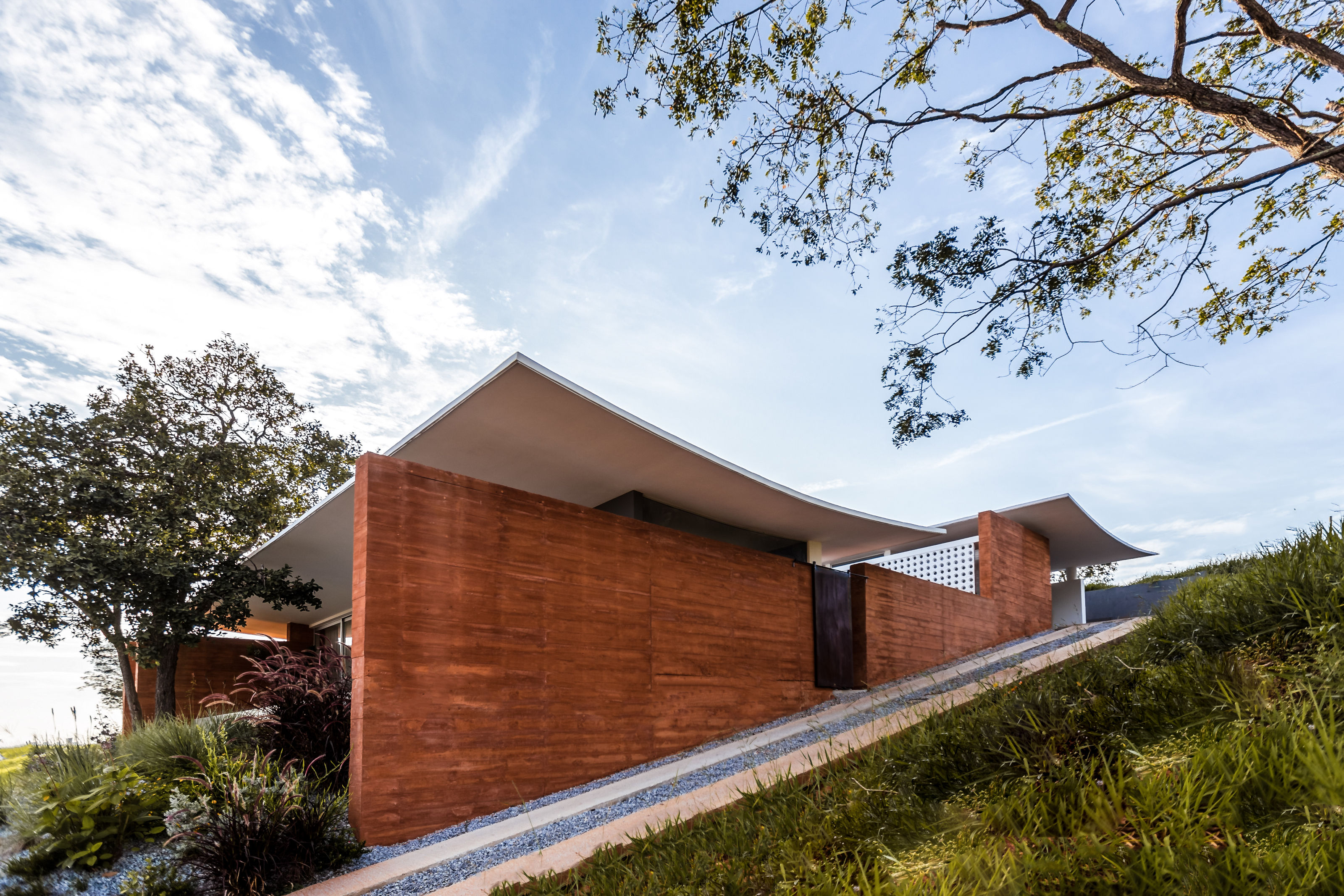
These are paired with the structural lightness of the roofs, shallow curved slabs of white concrete that oversail the two pavilion structures. ‘They are like two sheets of paper resting on the walls that seem to sprout from the ground,’ says Tetro.
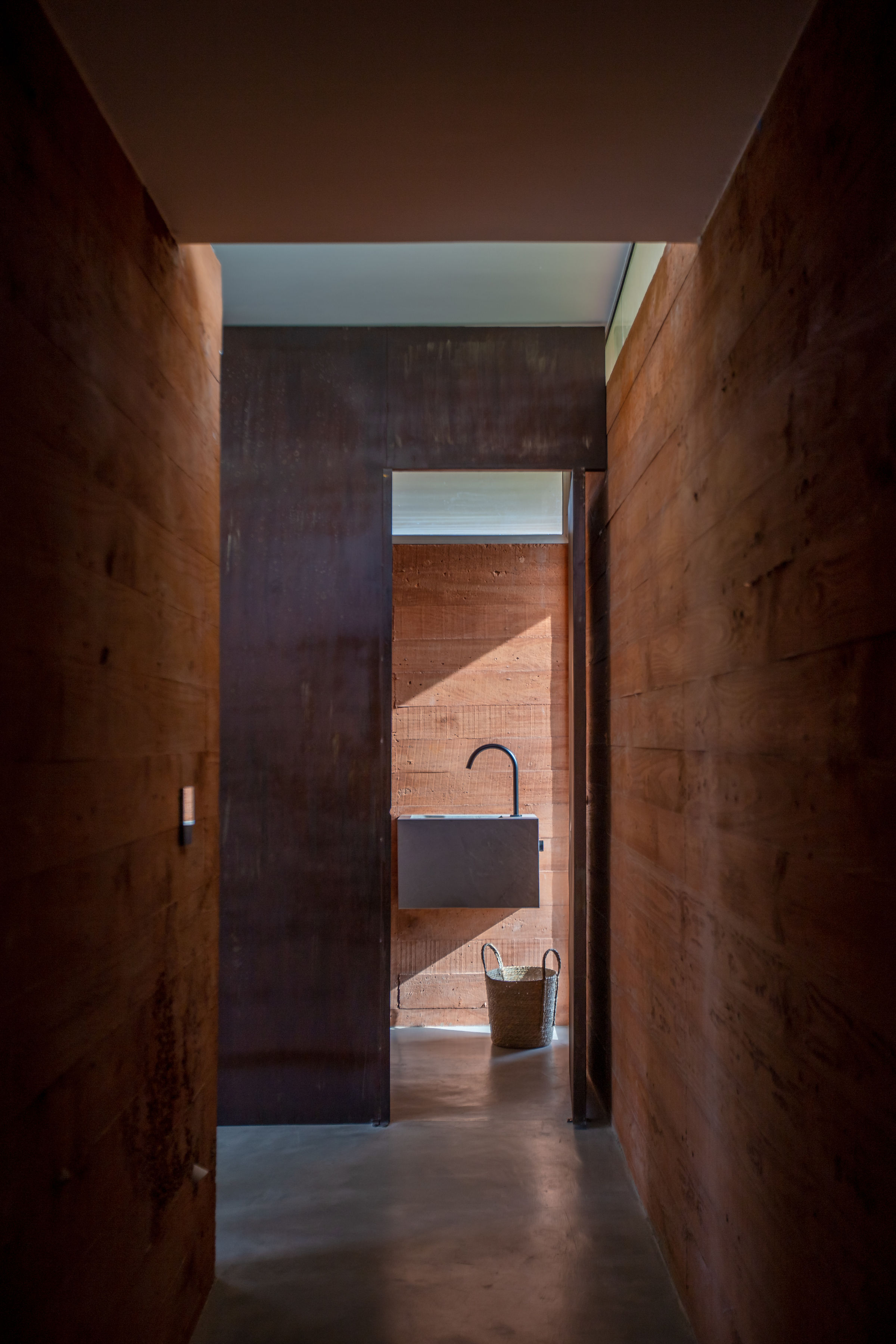
Inside, each pavilion is defined by its use, one social, one intimate. The latter is at the upper end of the site and contains three modest bedrooms alongside the carport. The entrance takes you past the bedrooms, before turning through 90 degrees down a flight of stairs and through an ‘earthern corridor’ that leads through to the ‘social’ space and a distinct change of atmosphere.

The open-plan social space contains kitchen, dining and living areas and a glazed wall opening out onto a south-facing terrace. The house’s elevation creates an unbroken view across the landscape. Between the pavilions is an internal courtyard, a stepped garden containing one of several existing trees that have been preserved and incorporated into the scheme.
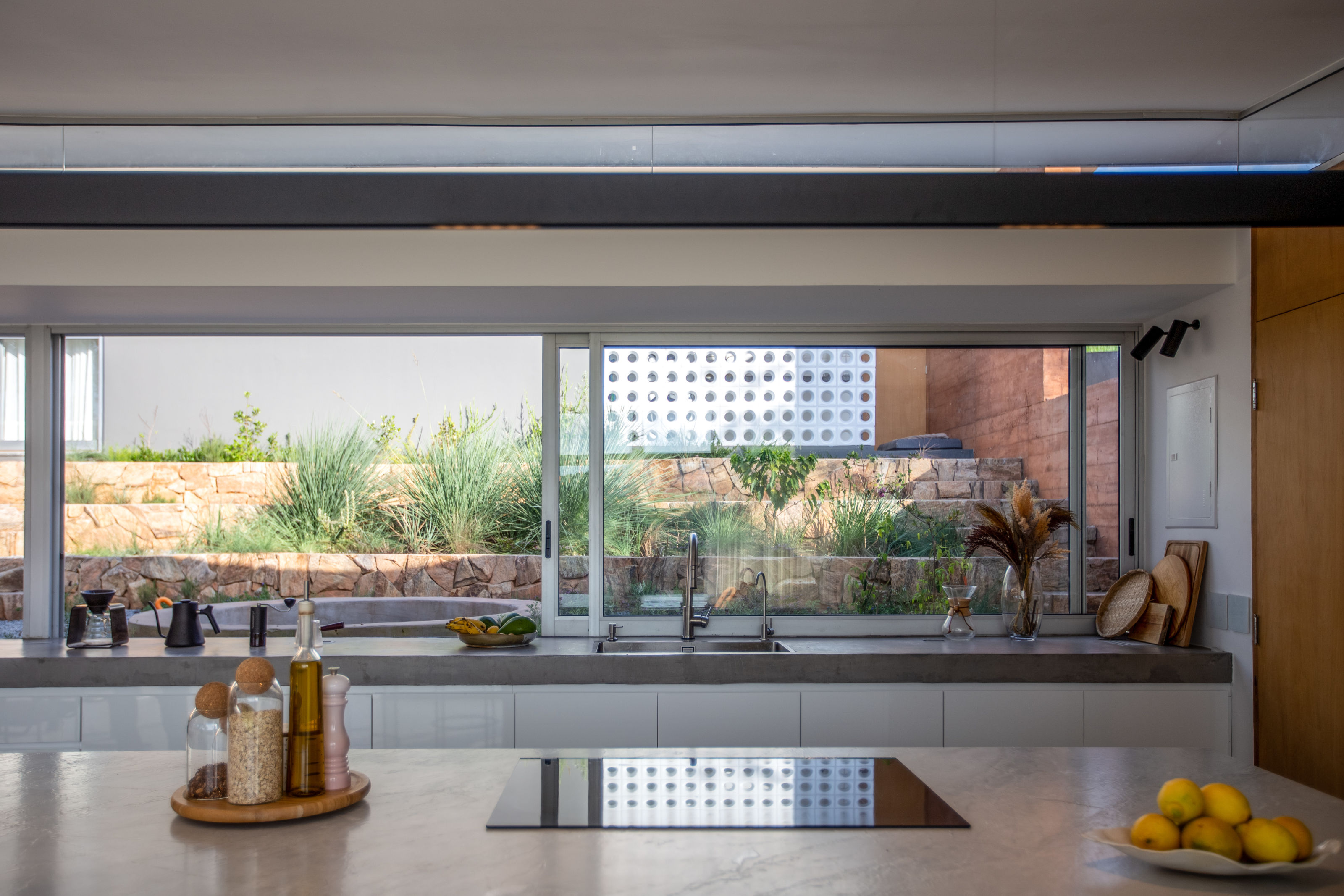
‘The Café House project sought to understand how architecture can, through poetic language, make connections between residents and the house and create symbols that refer to the culture of the place or the people who will inhabit the space,’ Maia, Mendes and Macedo conclude.
Receive our daily digest of inspiration, escapism and design stories from around the world direct to your inbox.
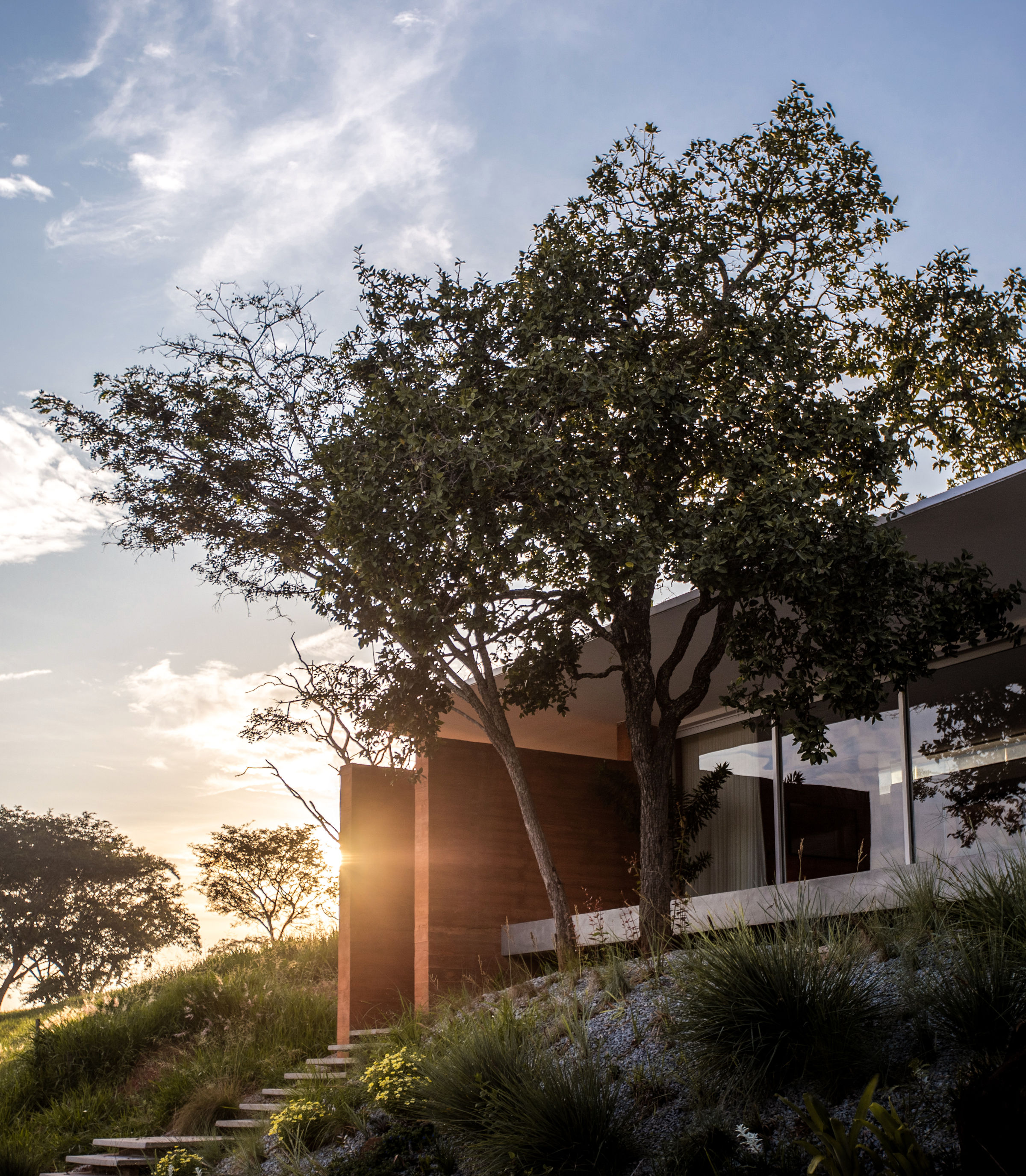
Jonathan Bell has written for Wallpaper* magazine since 1999, covering everything from architecture and transport design to books, tech and graphic design. He is now the magazine’s Transport and Technology Editor. Jonathan has written and edited 15 books, including Concept Car Design, 21st Century House, and The New Modern House. He is also the host of Wallpaper’s first podcast.
-
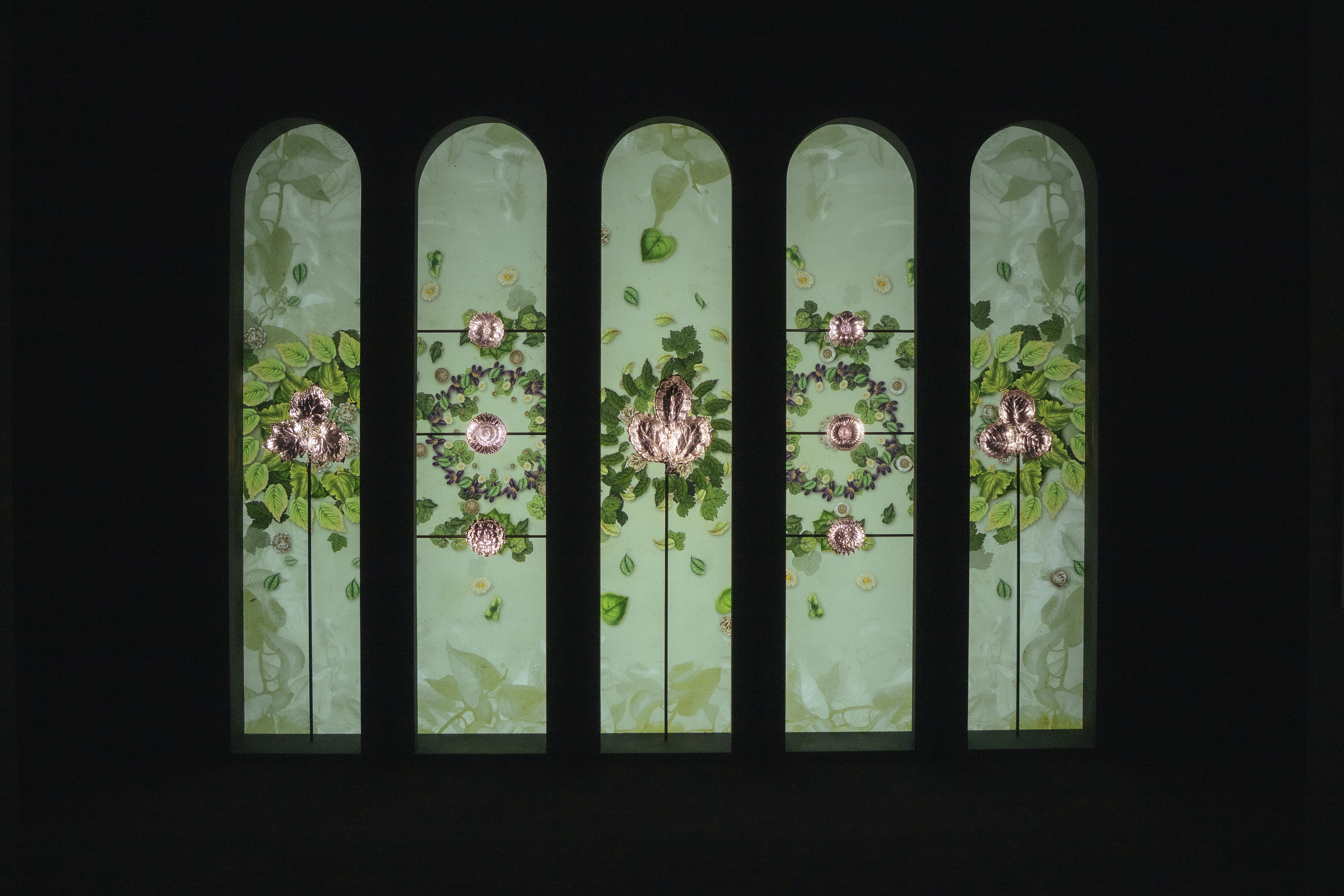 Dive into Buccellati's rich artistic heritage in Shanghai
Dive into Buccellati's rich artistic heritage in Shanghai'The Prince of Goldsmiths: Buccellati Rediscovering the Classics' exhibition takes visitors on an immersive journey through a fascinating history
-
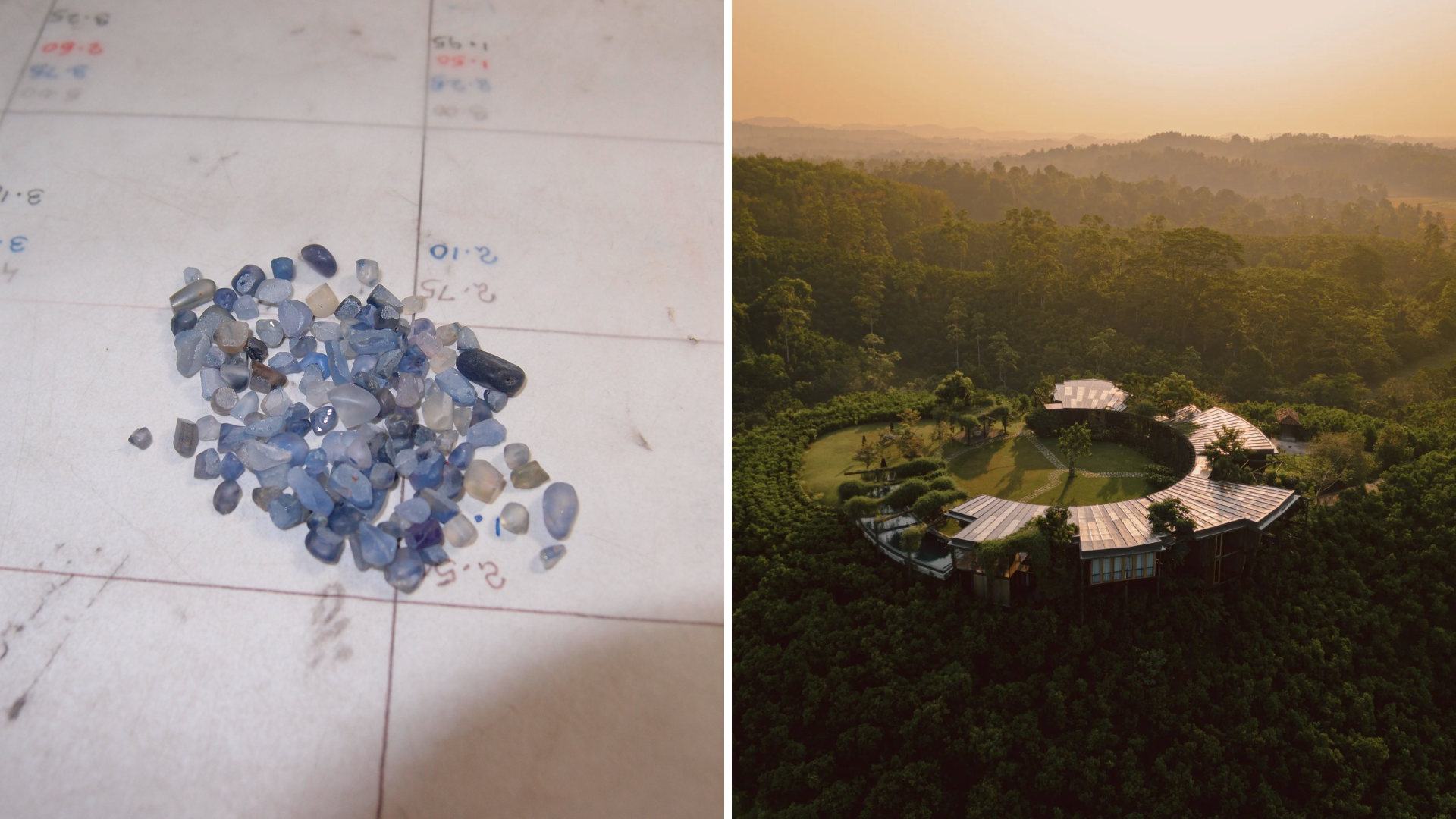 Love jewellery? Now you can book a holiday to source rare gemstones
Love jewellery? Now you can book a holiday to source rare gemstonesHardy & Diamond, Gemstone Journeys debuts in Sri Lanka in April 2026, granting travellers access to the island’s artisanal gemstone mines, as well as the opportunity to source their perfect stone
-
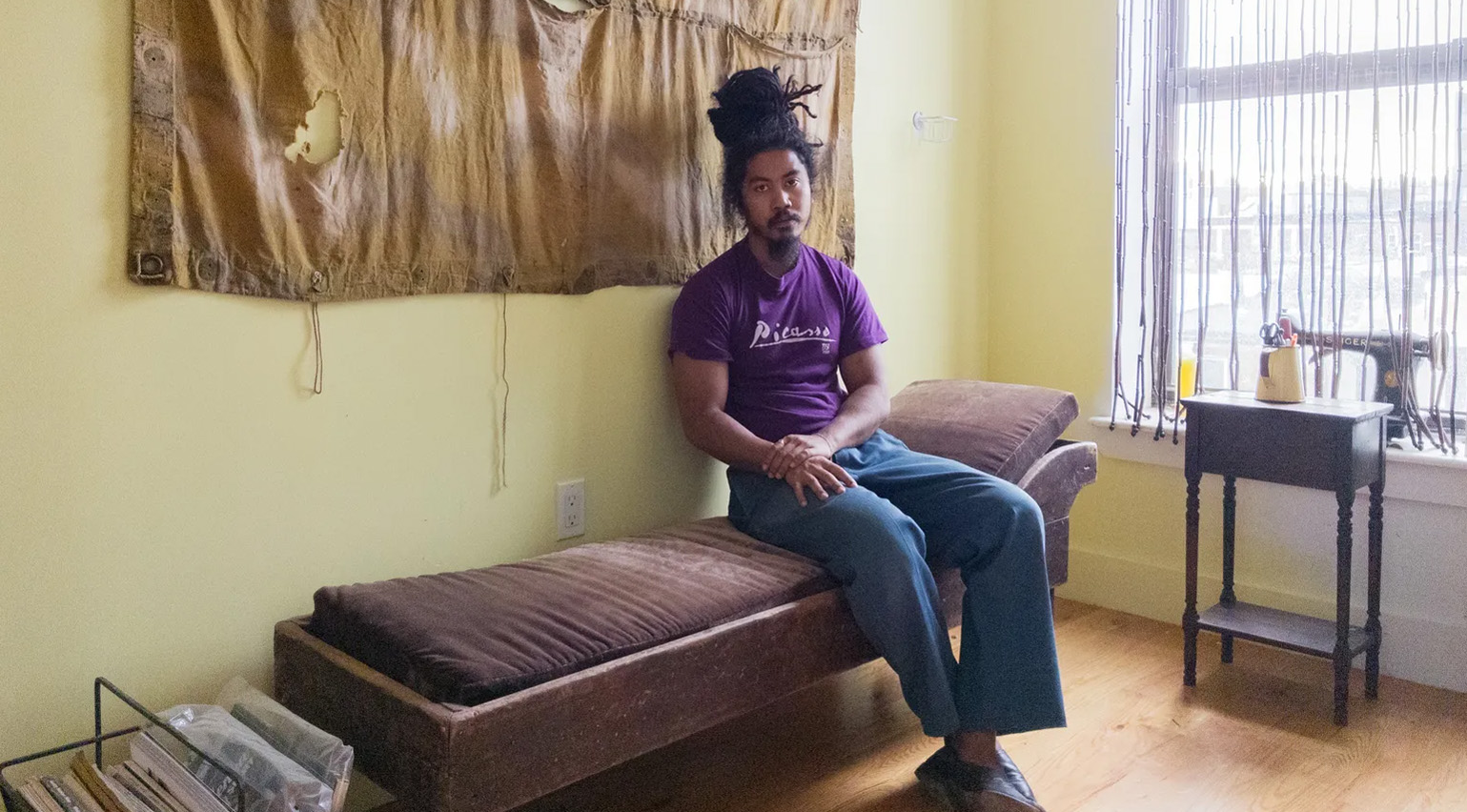 The rising style stars of 2026: Connor McKnight is creating a wardrobe of quiet beauty
The rising style stars of 2026: Connor McKnight is creating a wardrobe of quiet beautyAs part of the January 2026 Next Generation issue of Wallpaper*, we meet fashion’s next generation. Terming his aesthetic the ‘Black mundane’, Brooklyn-based designer Connor McKnight is elevating the everyday
-
 A spectacular new Brazilian house in Triângulo Mineiro revels in the luxury of space
A spectacular new Brazilian house in Triângulo Mineiro revels in the luxury of spaceCasa Muxarabi takes its name from the lattice walls that create ever-changing patterns of light across its generously scaled interiors
-
 An exclusive look at Francis Kéré’s new library in Rio de Janeiro, the architect’s first project in South America
An exclusive look at Francis Kéré’s new library in Rio de Janeiro, the architect’s first project in South AmericaBiblioteca dos Saberes (The House of Wisdom) by Kéré Architecture is inspired by the 'tree of knowledge', and acts as a meeting point for different communities
-
 A Brasília apartment harnesses the power of optical illusion
A Brasília apartment harnesses the power of optical illusionCoDa Arquitetura’s Moiré apartment in the Brazilian capital uses smart materials to create visual contrast and an artful welcome
-
 Inspired by farmhouses, a Cunha residence unites cosy charm with contemporary Brazilian living
Inspired by farmhouses, a Cunha residence unites cosy charm with contemporary Brazilian livingWhen designing this home in Cunha, upstate São Paulo, architect Roberto Brotero wanted the structure to become 'part of the mountains, without disappearing into them'
-
 Arts institution Pivô breathes new life into neglected Lina Bo Bardi building in Bahia
Arts institution Pivô breathes new life into neglected Lina Bo Bardi building in BahiaNon-profit cultural institution Pivô is reactivating a Lina Bo Bardi landmark in Salvador da Bahia in a bid to foster artistic dialogue and community engagement
-
 Tropical gardens envelop this contemporary Brazilian home in São Paulo state
Tropical gardens envelop this contemporary Brazilian home in São Paulo stateIn the suburbs of Itupeva, Serena House by architects Padovani acts as a countryside refuge from the rush of city living
-
 Itapororoca House blends seamlessly with Brazil’s lush coastal landscape
Itapororoca House blends seamlessly with Brazil’s lush coastal landscapeDesigned by Bloco Arquitetos, Itapororoca House is a treetop residence in Bahia, Brazil, offering a large wrap-around veranda to invite nature in
-
 A postmodernist home reborn: we tour the British embassy in Brazil
A postmodernist home reborn: we tour the British embassy in BrazilWe tour the British Embassy in Brazil after its thorough renovation by Hersen Mendes Arquitetura, which breathes new life into a postmodernist structure within the country's famous modernist capital